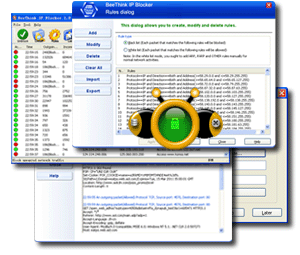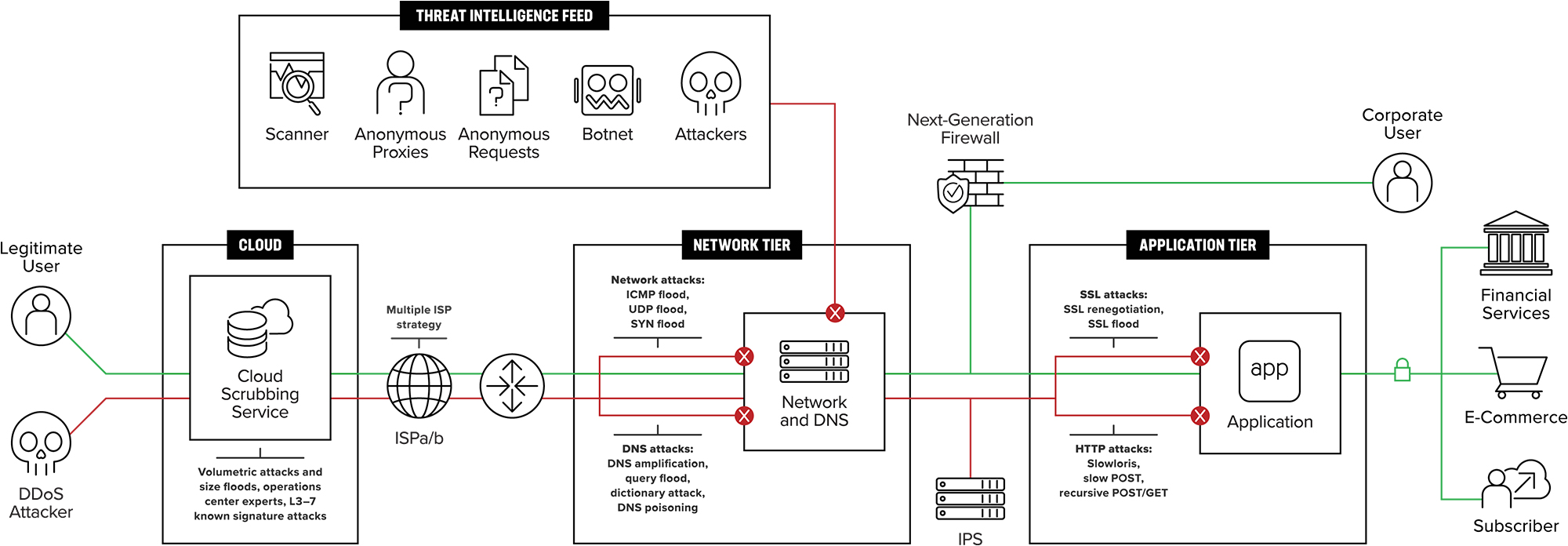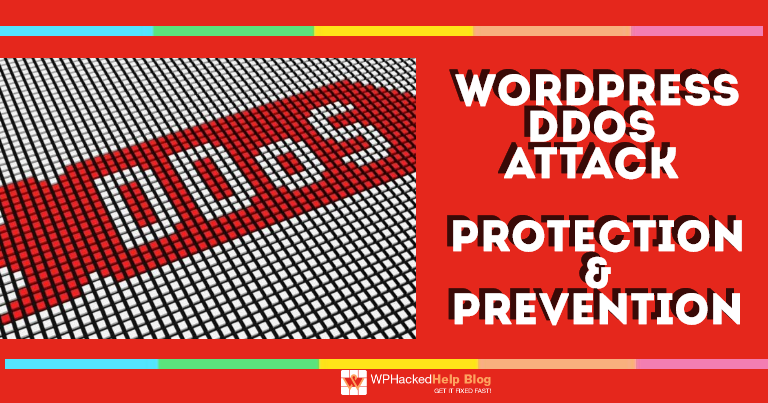


Web application firewalls (WAF) can act as an anti-DDoS firewall, which can intelligently weed out bad requests, are an effective and economical alternative for DDoS protection. But even optimum firewall deployment and configuration cannot eliminate DDoS damage, especially in application layer attack scenarios. Some weaknesses of traditional firewalls can be mitigated by adapting network topography and optimizing deployment and configuration of firewalls and intrusion prevention/detection systems (IPS/IDS). Traditional firewalls are hard-pressed to effectively block DDoS attacks, often themselves becoming the bottleneck for the massive volume of requests, and making the attack worse. Anti-DDoS FirewallĭDoS attacks attempt to overwhelm the server/firewall by flooding it with a high volume of seemingly legitimate requests.
ANTI DDOS TOOL SOFTWARE
Locally-installed software is easily overwhelmed than appliances or Cloud-based solutions, which are much more scalable in the face of large attacks. However, software and script-based solutions can only offer partial protection from DDoS attacks, are prone to false-positives, and will not help mitigate volume-based DDoS attacks. As a rule, Anti-DDoS software is more cost-effective and simpler to manage than hardware-based solutions. Anti-DDoS Software SolutionsĪnti-DDoS software runs over existing hardware, analyzing and filtering out malicious traffic. To protect against application-layer attacks, anti-DDoS systems monitor the behavior of site visitors, blocks bad bots responsible for application-layer attacks, and challenges unrecognized visitors using multiple mechanisms, such as JavaScript tests, cookie challenges, and CAPTHAs.
ANTI DDOS TOOL WINDOWS
These include GET/POST floods, low-and-slow attacks, or specific attacks against Apache or Windows vulnerabilities. In an application layer attack, attackers generate a large number of requests to web applications or other software applications, which appear to come from legitimate users. Advanced solutions can analyze traffic and differentiate legitimate users from malicious, automated clients and bots. To protect against protocol attacks, anti-DDoS tools mitigate protocol attacks by blocking bad traffic before it reaches your site. These include SYN floods, fragmented packets, and the Ping of Death. Protocol attacks generate requests that leverage weaknesses in network protocols. This approach can deal with massive, multi-gigabyte DDoS attacks. To protect against volume-based attacks, anti-DDoS providers perform large-scale “scrubbing”, using cloud servers to inspect traffic, discard malicious requests and let legitimate ones through. These can include UDP floods, ICMP floods, and other attacks with spoofed network packets. Volume-based attacks generate a large volume of network-level requests, overwhelming network equipment or servers.

There are 3 main types of DDoS attacks, each with its own unique protection strategy and tools: Volume Based Attacks Unlike a Denial of Service (DoS) attack, in which one computer and one internet connection are used to flood targeted resources with packets, a DDoS attack uses many computers and many Internet connections, often distributed globally in what is referred to as a botnet. DDoS stands for “ Distributed Denial of Service.” A DDoS attack is a malicious attempt to make a server or a network resource unavailable to users, usually by temporarily interrupting or suspending the services of a host connected to the Internet.


 0 kommentar(er)
0 kommentar(er)
